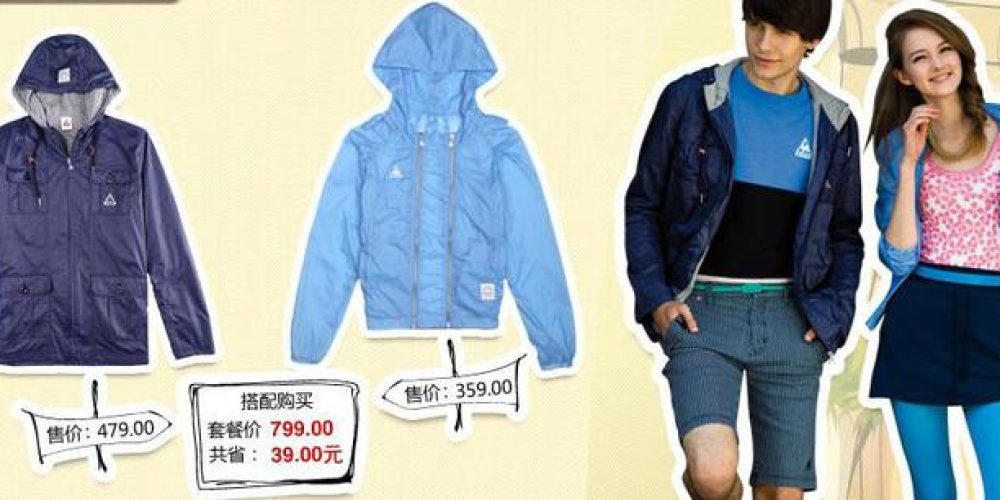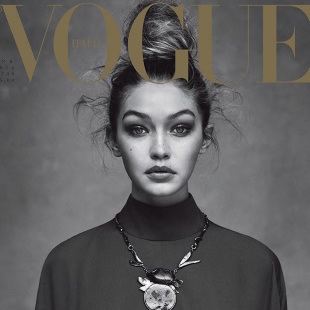In most markets, castings are a simple process: you go to the casting location, show your book, take some snapshots, and go on your way. In China, Japan, and Taiwan, castings work a little differently. Along with the usual process, models are asked to do a series of poses until the client or their booker says, «stop.»
If this is your first trip overseas, or first trip to Asia, it’s perfectly natural to be nervous! Even some seasoned veterans still find it embarrassing or struggle with their posing. Although the casting process may require some adjusting on your part, once you get the hang of the posing you’ll be fine.
In contrast, there are some models that never get used to posing in front of clients. To be fair, it can be a very awkward and uncomfortable experience. They can be amazing models with years of experience, but they might still decide that the market’s not for them. As a model, not every market that you’ll travel to will be best suited for you, and that’s normal!
Even though travelling to to China, Japan, or Taiwan may seem daunting, The Business Model is here to help make things easier for you so that you know what to expect before your next trip overseas.
For more visual references for posing in Asian markets, you can refer to our Asia Posing board on Pinterest.
The Business ModelThe Business ModelAsia Posing
Dara Warganegara by Nicoline Patricia Malina for Harper’s Bazaar Indonesia Anniversary issueRevisit: Race, surgery, and beauty standards in East AsiaTop things models complain about in Asia — Opinion (Nimue Smit by Txema Yeste for Numéro China 2012)The Business Model’s Guide to Posing in ChinaThe Business Model’s Guide to Posing in China | Mo&Co LookbookThe Business Model’s Guide to Posing in ChinaKasia Struss Models Zaras December 2012 LookbookThe Gathered Top Tops that come «pre-wrinkled» are perfect for long stretches of travel. Stylish ruching, cinching, and gathering means that the shirt can handle some bunching while you’re en route, and still look polished when you arrive. Look for asymmetrical styles that feel more modern.Karlina Caune by Stefan Heinrichs for Glamour France October 2015NEW: TBM Editor Natalia Zurowski, talks to one of Bangkok’s most recognizable commercial faces, Madi Ross, about ethnic ambiguity, social media, and her plans for the future.
In Japan, clients prefer models to pose by doing small and simple movements. They don’t like it when models do big poses or anything over the top in castings. When you go to castings and clients ask you to pose, remember to be slow and graceful in your movements.
The same goes for male models. Clients don’t like too much posing and prefer male models to be very natural, cool, and strong, as in the rest of the world. For fashion editorials they do prefer stronger poses but as previously mentioned, nothing over the top.
Sweet Poses
The Japanese people are renown for having a love of all things kawaii; anything cute, sweet, and/or adorable. Youth is celebrated in many cultures but in Japan, it’s practically become synonymous with the culture. There are many different clients in Osaka and Tokyo who love when models pose very cute or lady-like in a natural way. Ranging from campaigns, magazine shoots, and even commercial work, models doing cute poses — or being “kawaii” rather — are seen almost everywhere. To learn more about the «kawaii» phenomenon in Japan, click here.
Clients might also ask a model to pose in a more quirky and fun way depending on the feel they are going for. But remember to not overdo your posing and stay graceful.
China & Taiwan
Models who go to China and Taiwan often share funny stories about their work experience. Not only is the culture a huge shock but the modelling industry is completely different than anywhere else in the world. From the types of jobs, clothes, and clients, modelling in China can really test a model’s limitations and patience.
At castings, you’ll be asked to pose for the client and show a specific ‘feeling.’ This means the client is trying to communicate that they want a specific mood or tone for the catalogue. You’ll then do a series of about 8-10 poses and if the client likes your posing, you’ll be asked to try on the clothes and the client will ask you to pose again.
While you’re doing your poses in front of the client, you will be posing in front of other models from your agency and maybe models from other agencies as well. Posing in front of clients, especially when there are other models around, can be time consuming. Castings in China take an inordinate amount of time (one can last an hour or two) and all models go to the same castings. This is normal in China and it does take some time to get used to.
Your success in the Chinese/Taiwanese market is largely dependant on your ability to pose and less your look. In China and Taiwan, clients need models who can move fast and do a large variety of poses. Chinese jobs can be between 8-10 hours with up to 150 changes of clothes. Taiwan has even longer days where a model can shoot upwards of 200-300 looks/day and jobs can last as long as 14 hours/day.
Since there are so many clothes to shoot, models need to be able to do a variety of poses so the catalogues don’t look boring. Even if the smallest changes (one hand on hip, a head tilt, one step ahead, etc.) will show the model’s versatility. The trick to mastering the art of posing in China is to pretend you know what you’re doing. As ridiculous as it may sound, even if you have absolutely no idea, fake it. Be confident in yourself and even if you repeat the same poses, you’ll be fine. Just remember to keep moving.
However, if you do your poses too fast, clients will think you’re rushing and that you’re nervous. The trick is to make every pose flow seamlessly into another one and do them slowly — think of a less extreme version of «voguing.»
China and Taiwan are not markets for everyone. But any model that can handle working in the Chinese and Taiwanese markets will find modelling anywhere else in the world easy. China also teaches a model how to pose, be versatile, and be prepared for anything a client may ask. Coco Rocha’s first modelling trip overseas was to Taipei, Taiwan, which she described as, “model bootcamp.”
The whole experience itself can be very humbling and make models more appreciative of working in markets back over in Europe or America.
Types of ‘Feelings’ & Poses
In China and Taiwan, clients will ask you to do some poses at a casting and they’ll usually ask you to do one of the following:
Big pose – Big pose and ‘cool feelings’ pose are similar to one another. The client is looking for an editorial feel but they want you to go more over the top. For example, have one leg up, hands on your neck, and a strong expression.
‘Brand name’ feeling – When Lana Del Ray’s campaign for H&M came out in 2012, clients in China fell in love with the images and wanted to portray a similar feel in their catalogues. Usually the client has a storyboard of images they have used for reference that they will show. If they do not, try to ask them for a reference image if they have one. If not, do your best to try and emulate the same feel in the photos they do show you and do your best.
Cool feelings – This translates into editorial poses. Think edgy, bigger poses, such as both arms on waist and a strong facial expression.
Expensive feeling – When a client asks you to show “expensive feeling,” think of the latest Burberry or Louis Vuitton campaign and try to emulate the poses or facial expressions of the model. Be strong with your poses and pretend that the bedazzled poly-blend sweater you’re selling is Chanel or Prada.
Freestyle – Pose, pose, pose! In China, many clients won’t know what they want. They may ask you to do editorial poses at a casting but at the job they’ll ask for sweet poses. When you’re at a casting and the client asks you to freestyle, do a mix of editorial, sweet, and natural. Remember to pose slowly and with confidence and allow your poses to flow.
Little pose – Very similar to natural pose. For example, stand straight, pop your hip out, look to the side, hand on hip or in pocket etc.
Lady/Elegant pose – If you have a casting for office wear or mature women’s clothing, you will be asked to do a series of ‘lady’ or ‘elegant’ poses. Act graceful, put together, and like a sophisticated business woman who’s walking with her briefcase or admiring her watch.
Nature pose – When your booker or client asks you to do ‘nature’ poses they aren’t asking you to pose like a tree, they’re asking you to pose in a natural way. This usually means small movements and nothing dramatic. Shuffle your legs slightly, look to the side, have your hand on your hip, etc.
“S” pose — “S” pose will often be asked of you if you are modelling swimwear or lingerie. The client wants you to stick out your chest and bum and form an “S” shape with your body. Lingerie clients in China prefer women with with large breasts and a very small hip measurements. Male models that are very muscular and defined book all of the underwear and sleepwear jobs in China.
Sports feeling – This style of posing refers to looking as though you are being commercial and sporty. At a casting, you can pretend to run, jump, and have a big smile.
Sweet – When a client asks you to be sweet, they want you to look very youthful, show a small smile, and be cute and flirty. On the job you may be asked to hold a flower or even cuddle with a bear. Models who have been to Japan will be familiar with this style of posing.






